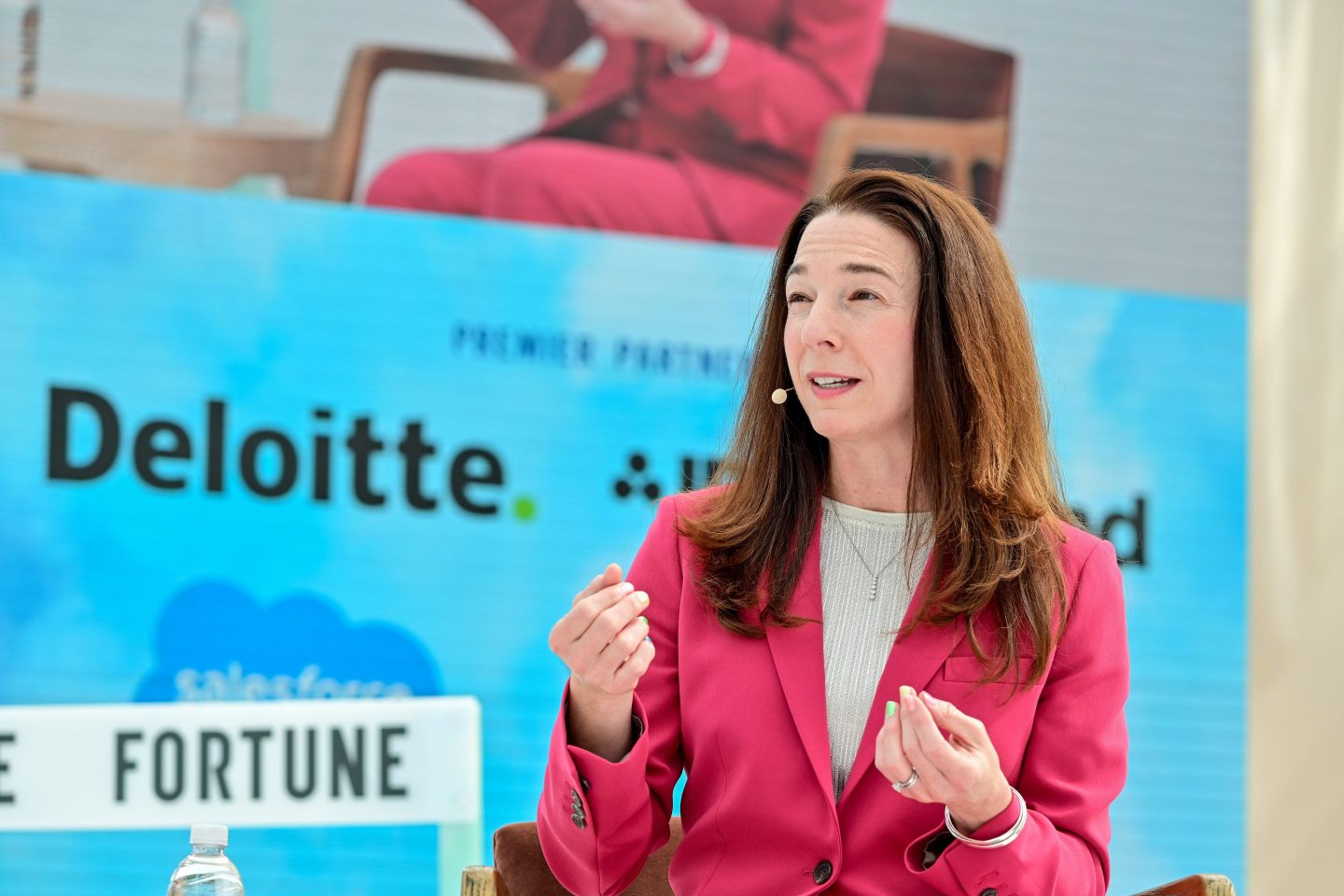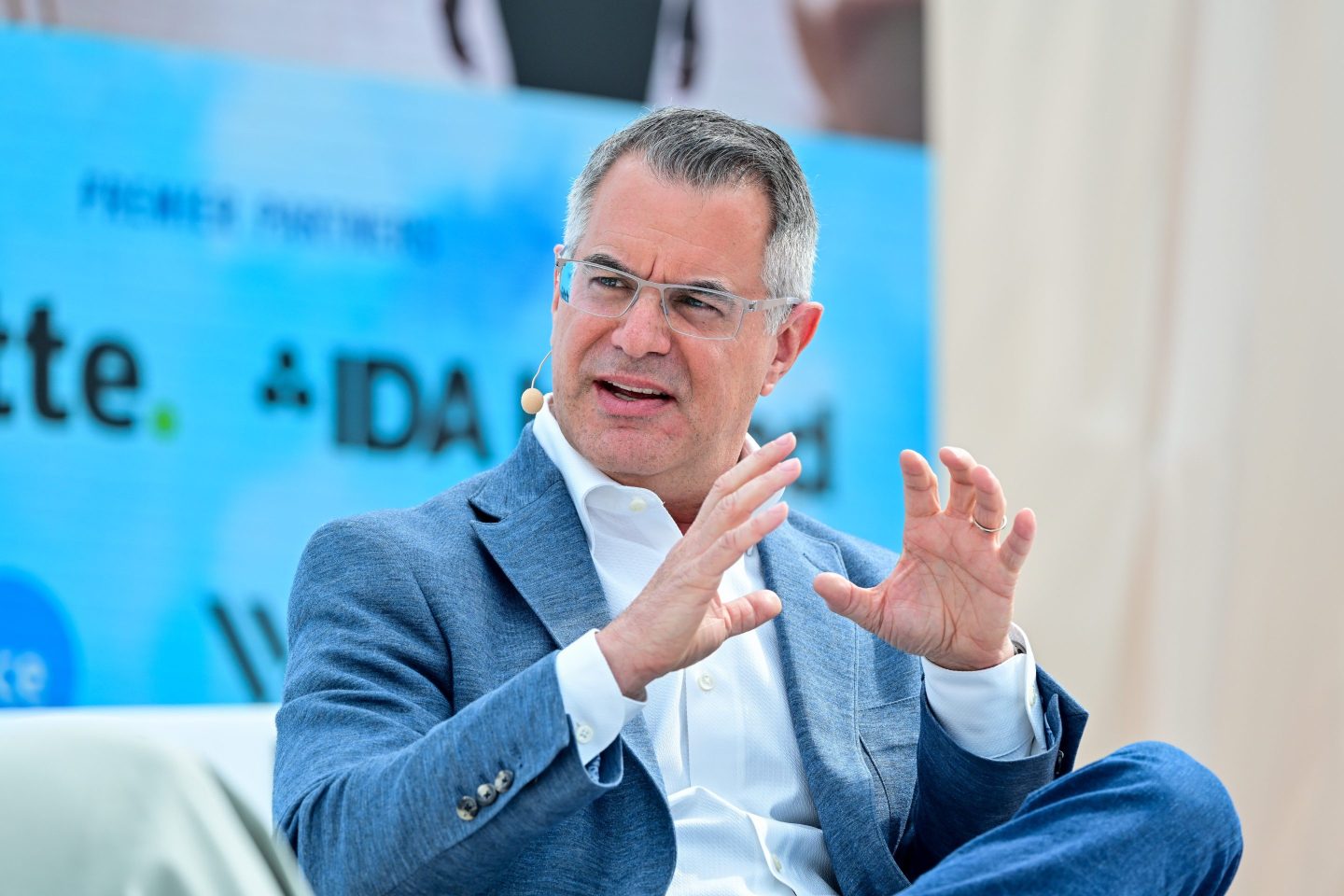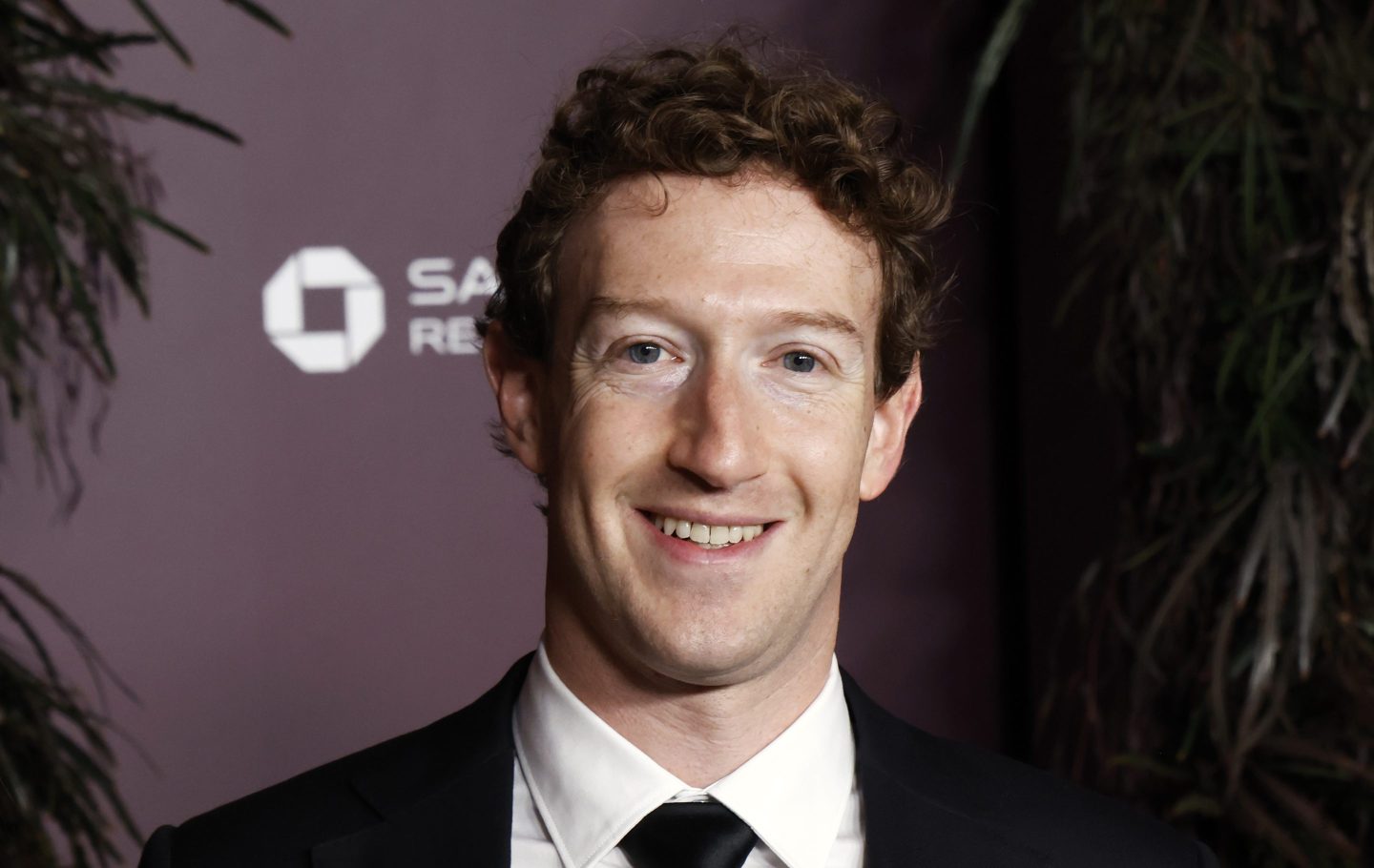Traditionally, an architecture firm might spend months putting together a concept document for possible clients. The problem: it’s expensive, and requested changes might take days or weeks to put together as designers go back to the drawing board.
AI is set to change that by letting design firms create sketches and renders much more quickly, allowing architects to enrich their pitches with AI-generated imagery and video.
Gensler, the world’s largest architecture firm, is now starting to tap AI for “storytelling,” using video to help shape a narrative around a proposed project—and bring clients into the creative process.
“You can tell it really works when you’re doing a new pitch or a first client meeting, and you see people in the crowd that have tears in their eyes because they’re connecting with the story,” Jordan Goldstein, co-CEO of Gensler, said last week at the Fortune Brainstorm Tech conference in Park City, Utah.
Goldstein demonstrated one such AI-generated video, which featured two characters—a client and a new employee—exploring a building. The purpose of the video, Goldstein explained, was to tell a story about the building and help convey an ethos and message to clients.
“Imagine, instead of having to go build a prototype physically or a model room, that you can take people on this journey and then make the decisions on what to tap left or tack right on before investing heavily in physical architecture,” he added. “It also changes the role of the architect and the designer in the process. It puts us more like conductors in the symphony: Orchestrating design, brand, technology, all with storytelling as a foundational aspect.”

“The language of design isn’t necessarily one that people are speaking every day,” Kristen Conry, senior vice president of global design for Marriott International, explained. AI, and the ability to show changes near-instantaneously, helps make the process more “synchronous.”
In a traditional architectural design process, “your team goes off behind closed doors, tries to interpret what I’ve said, and then you come back, and then I might give you feedback on something,” she said.
AI means “we can do it faster, better, smarter, which is a win for everyone,” she said.
Keeping humans involved
Architects are tentatively exploring how AI can help them design new buildings. Startups like China-based Xkool Technologies offer tools that can convert a quick pencil sketch into multiple renders of a proposed skyscraper. Some architects even think that AI programs might do more ideation, while letting human artisans do the work of transferring designs to the real world.
Still, Goldstein said at the conference that humans and the real world needed to stay involved in the design process.
“Nothing beats the tactile feeling of walking into a space, recognizing the materiality, and running your hands on the wall surface or appreciating the lighting environment in the room,” he said.













